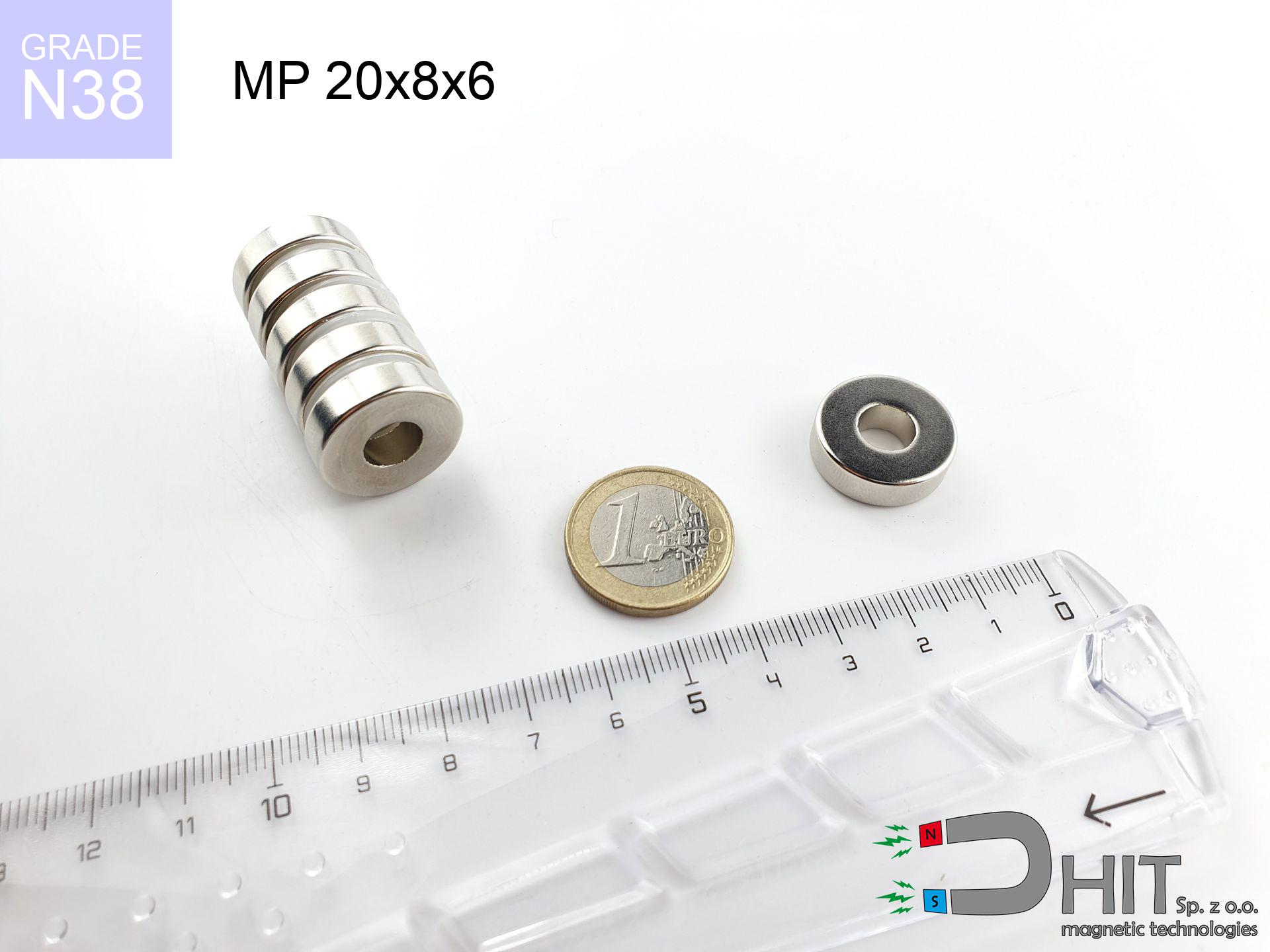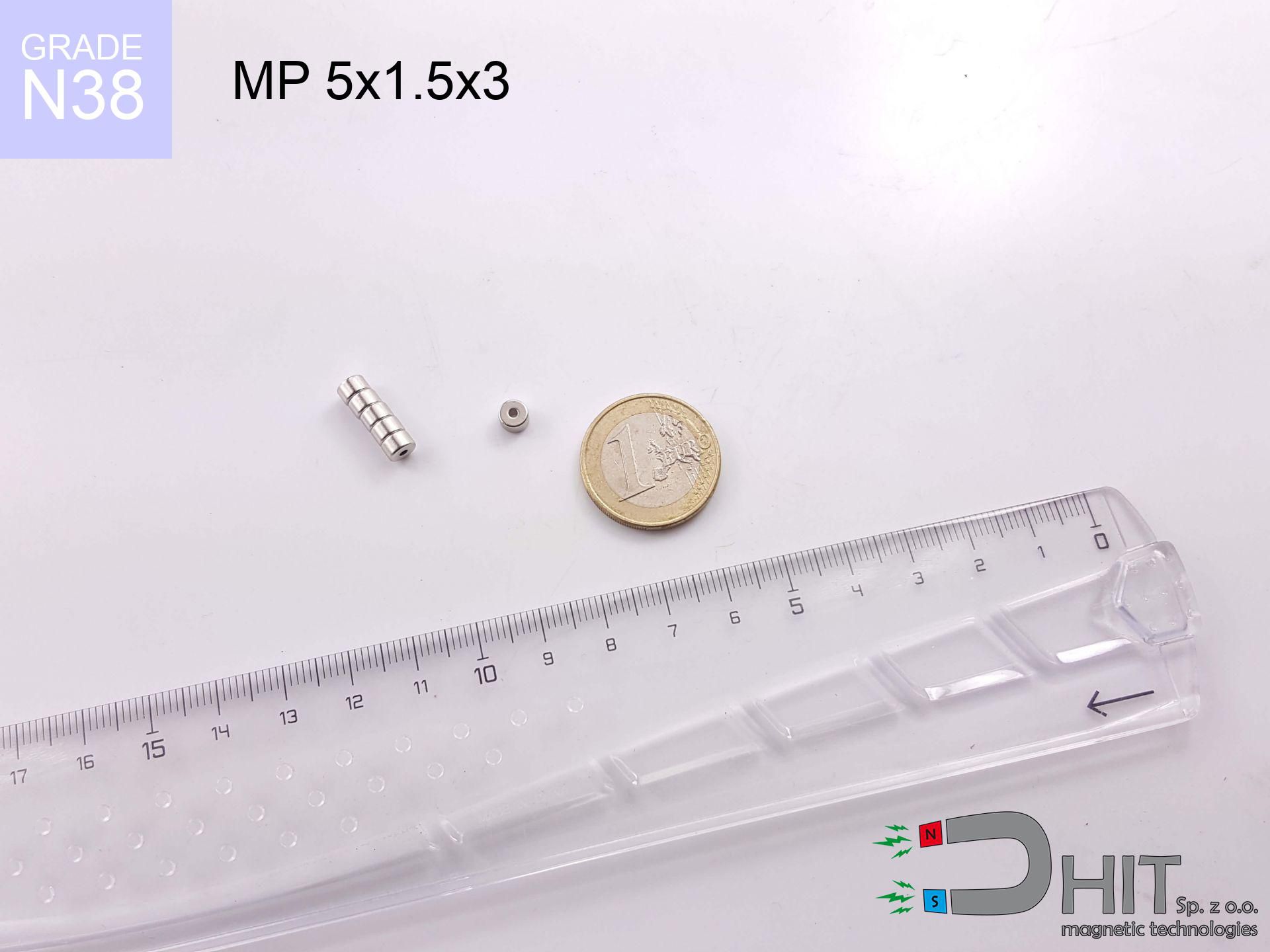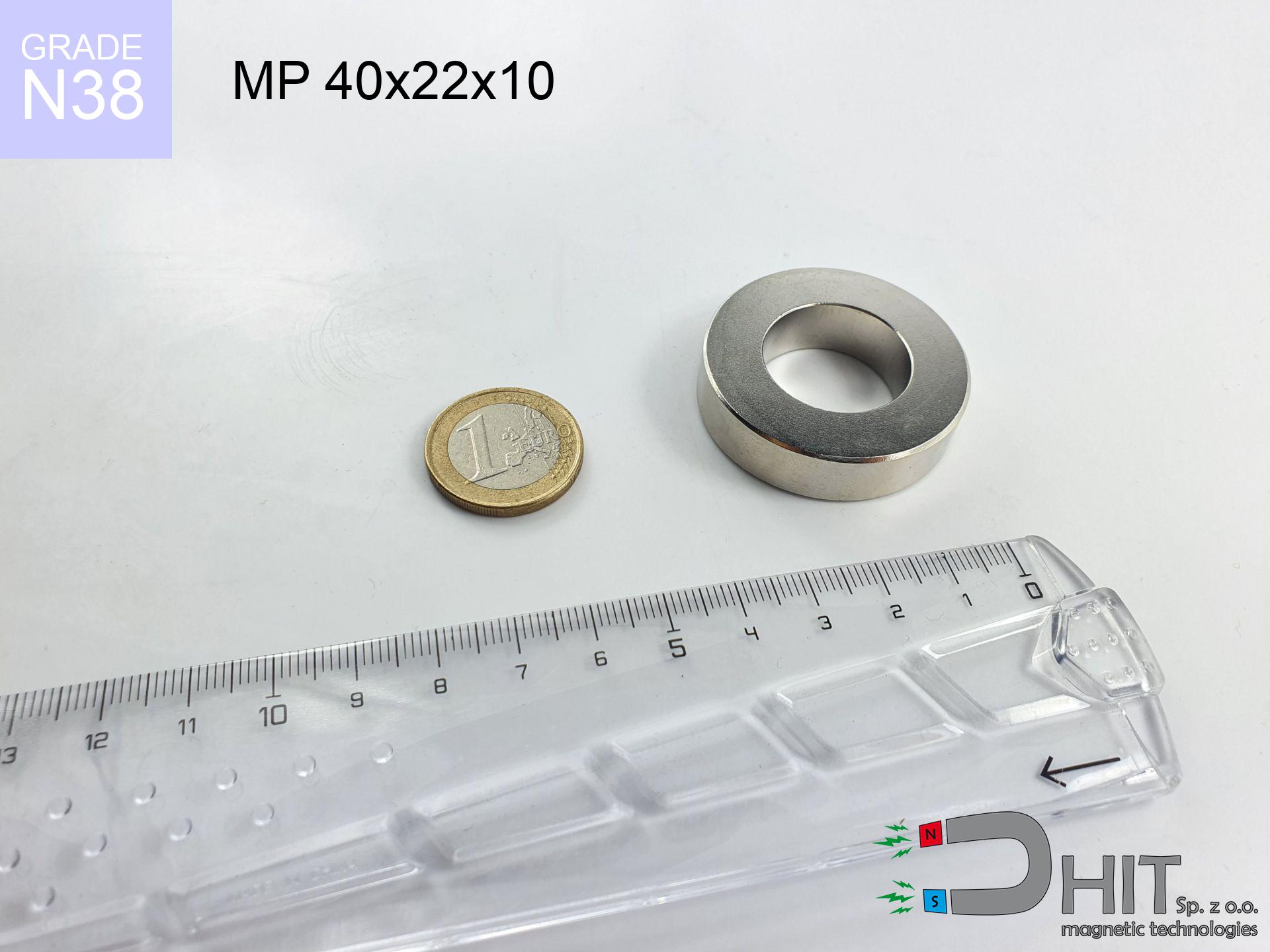SM 32x350 [2xM8] / N42 - magnetic roller
magnetic separator
catalog number 130301
GTIN: 5906301812944
diameter Ø
32
mm [±0,1 mm]
height
350
mm [±0,1 mm]
max. temperature
≤ 80
°C
catalog number 130301
GTIN: 5906301812944
diameter Ø
32 mm [±0,1 mm]
height
350 mm [±0,1 mm]
max. temperature
≤ 80 °C
1045.50 ZŁ gross price (including VAT) / pcs +
850.00 ZŁ net price + 23% VAT / pcs
bulk discounts:
need more quantity?Want a better price?
Call us tel: +48 888 99 98 98 or write via contact form on our website. You can check the mass and the shape of magnet in our force calculator magnetic calculator
Orders placed by 2:00 PM will be shipped on the same business day.
Specification: magnetic separator 32x350 [2xM8] / N42
Magnetic properties of the material N42
Physical properties of sintered neodymium magnets Nd2Fe14B
Compilation of suggested goods
Advantages and disadvantages of neodymium magnets NdFeB.
In addition to immense strength, neodymium magnets have the following advantages:
- They do not lose power over time - after approximately 10 years, their power decreases by only ~1% (theoretically),
- They are exceptionally resistant to demagnetization caused by an external magnetic field,
- In other words, thanks to the shiny coating of nickel, gold, or silver, the element acquires an aesthetic appearance,
- They have very high magnetic induction on the surface of the magnet,
- By using an appropriate combination of materials, they can achieve high thermal resistance, allowing them to operate at temperatures up to 230°C and above...
- Due to the option of accurate forming and adaptation to individual needs – neodymium magnets can be produced in various forms and dimensions, which expands the range of their possible uses.
- Key role in modern technologies – are utilized in hard drives, electric motors, medical equipment and other highly developed apparatuses.
Disadvantages of neodymium magnets:
- They can break as they are fragile when subjected to a strong impact. If the magnets are exposed to impacts, we recommend using magnets in a metal holder. The steel housing in the form of a holder protects the magnet from impacts and simultaneously increases its overall strength,
- Magnets lose their power due to exposure to high temperatures. In most cases, when the temperature exceeds 80°C, these magnets experience permanent reduction in strength (although it is worth noting that this is dependent on the shape and size of the magnet). To avoid this problem, we offer special magnets marked with the [AH] symbol, which exhibit high temperature resistance. They can operate even at temperatures as high as 230°C or more,
- They rust in a humid environment - during outdoor use, we recommend using waterproof magnets, such as those made of rubber or plastic,
- Limited ability to create threads or complex shapes in the magnet - the use of a housing is recommended - magnetic holder
- Possible danger arising from small pieces of magnets are risky, in case of ingestion, which is crucial in the context of child safety. Furthermore, miniscule components of these devices have the potential to hinder the diagnostic process after entering the body.
Be Cautious with Neodymium Magnets
Neodymium magnets can attract to each other due to their immense internal force, causing the skin and other body parts to get pinched and resulting in significant swellings.
In the case of placing a finger in the path of a neodymium magnet, in such a case, a cut or even a fracture may occur.
Do not give neodymium magnets to children.
Remember that neodymium magnets are not toys. Do not allow children to play with them. In the case of swallowing multiple magnets simultaneously, they can attract to each other through the intestinal walls. In the worst case scenario, this can lead to death.
The magnet is coated with nickel - be careful if you have an allergy.
Studies show a small percentage of people have allergies to certain metals, including nickel. An allergic reaction often manifests as skin redness and rash. If you have a nickel allergy, you can try wearing gloves or simply avoid direct contact with nickel-plated neodymium magnets.
Keep neodymium magnets away from GPS and smartphones.
Intense magnetic fields generated by neodymium magnets interfere with compasses and magnetometers used in navigation, as well as internal compasses of smartphones and GPS devices.
You should maintain neodymium magnets at a safe distance from the wallet, computer, and TV.
Magnetic fields generated by neodymium magnets can damage magnetic storage media such as floppy disks, credit cards, magnetic ID cards, cassette tapes, video tapes, or other similar devices. They can also damage televisions, VCRs, computer monitors, and CRT displays. Avoid placing neodymium magnets in close proximity to electronic devices.
Neodymium magnetic are fragile and can easily break as well as get damaged.
Magnets made of neodymium are extremely fragile, and by joining them in an uncontrolled manner, they will crack. Neodymium magnets are made of metal and coated with a shiny nickel surface, but they are not as hard as steel. In the event of a collision between two magnets, there may be a scattering of fragments in different directions. Protecting your eyes is crucial in such a situation.
Neodymium magnets can demagnetize at high temperatures.
In certain circumstances, Neodymium magnets can lose their magnetism when subjected to high temperatures.
Neodymium magnets should not be near people with pacemakers.
Neodymium magnets produce strong magnetic fields that can interfere with the operation of a heart pacemaker. Even if the magnetic field does not affect the device, it can damage its components or deactivate the entire device.
Neodymium magnets are the strongest magnets ever created, and their power can surprise you.
Familiarize yourself with our information to correctly handle these magnets and avoid significant swellings to your body and prevent disruption to the magnets.
Dust and powder from neodymium magnets are flammable.
Do not attempt to drill into neodymium magnets. Mechanical processing is also not recommended. Once crushed into fine powder or dust, this material becomes highly flammable.
To illustrate why neodymium magnets are so dangerous, read the article - How dangerous are powerful neodymium magnets?.

![SM 32x350 [2xM8] / N42 - magnetic roller SM 32x350 [2xM8] / N42 - magnetic roller](https://cdn3.dhit.pl/graphics/products/sm-32x350-2xm8-nih.jpg)



![magnetic holder external thread 60x30x15 [M10] GZ / N38 magnetic holder external thread 60x30x15 [M10] GZ / N38](https://cdn3.dhit.pl/graphics/products/umgw-60x30x15-m10-gz-bas.jpg)

